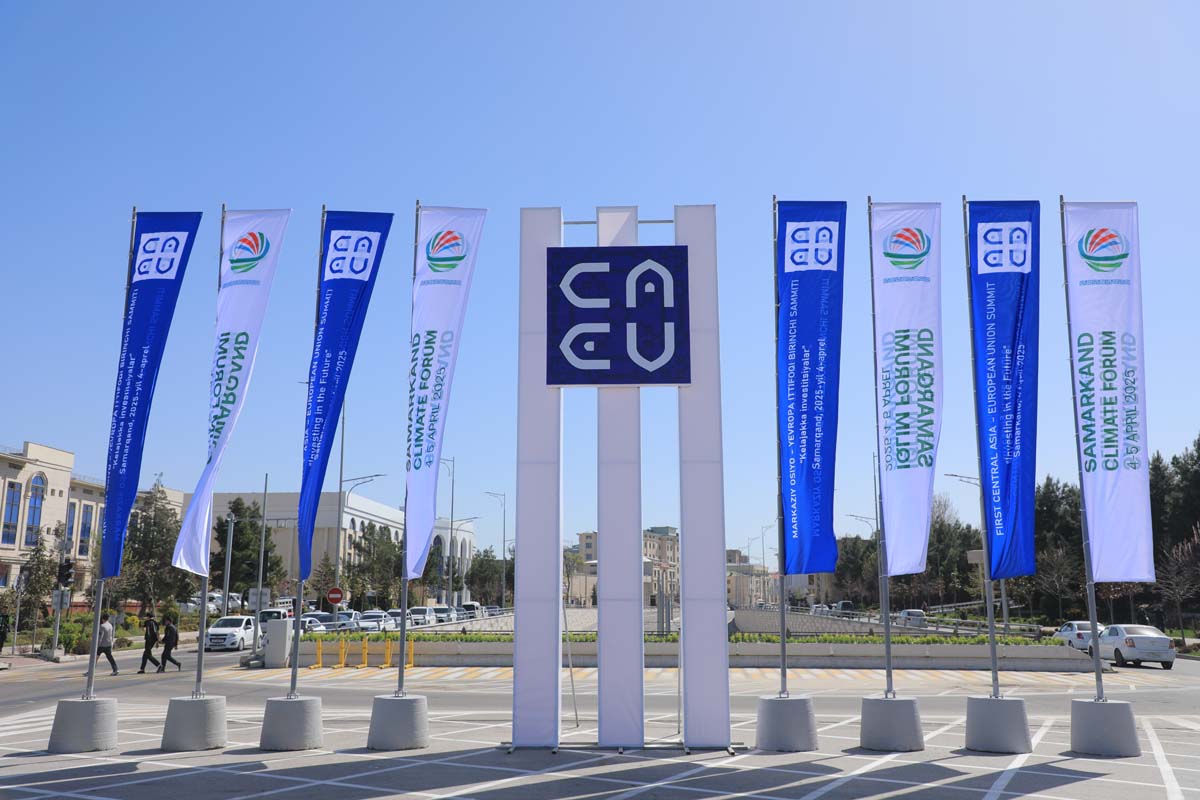A Kugitan team of the Turkmen Geological Survey Expedition (Turkmengeology State Corportation) will conduct detailed surveys of a deposit of siliceous clay, opoka, in Ak Bulat, located in the foothills of the Koytendag. At present, it is the country’s only deposit of the ancient sedimentary rock with unique properties. Earlier, studies by Turkmen geologists have confirmed that the deposit contains substantial amounts of opoka-like clay that had been formed due to soil alteration caused by tectonic processes.
Opoka is like clay, but its physical characteristics differ from those of clay. It has high density, stiffness and strength, and does not swell when wet. Opoka is a cheap raw material for the cement production industry. It contains more than 50 percent chemogenic opal, remains of silica-secreting organisms (radiolarians, spicules, frustule of diatoms), particles of quartz and feldspar, grains of glauconite and clay matter.
The use of opoka in cement production significantly reduces the cost of cement, greatly increases its strength, and lends enhanced water-repellent and sulfate-resistance properties to concrete in fresh and sulfate water.
Specialists of the Lebap Cement Plant of the Ministry of Industry and Construction Operations of Turkmenistan, who have recognized the advisability of using the sedimentary rock as a mineral additive in the production of sulfate-resistant cement, plan to efficiently use the locally-sourced raw material to improve product quality.
Opoka is like clay, but its physical characteristics differ from those of clay. It has high density, stiffness and strength, and does not swell when wet. Opoka is a cheap raw material for the cement production industry. It contains more than 50 percent chemogenic opal, remains of silica-secreting organisms (radiolarians, spicules, frustule of diatoms), particles of quartz and feldspar, grains of glauconite and clay matter.
The use of opoka in cement production significantly reduces the cost of cement, greatly increases its strength, and lends enhanced water-repellent and sulfate-resistance properties to concrete in fresh and sulfate water.
Specialists of the Lebap Cement Plant of the Ministry of Industry and Construction Operations of Turkmenistan, who have recognized the advisability of using the sedimentary rock as a mineral additive in the production of sulfate-resistant cement, plan to efficiently use the locally-sourced raw material to improve product quality.






